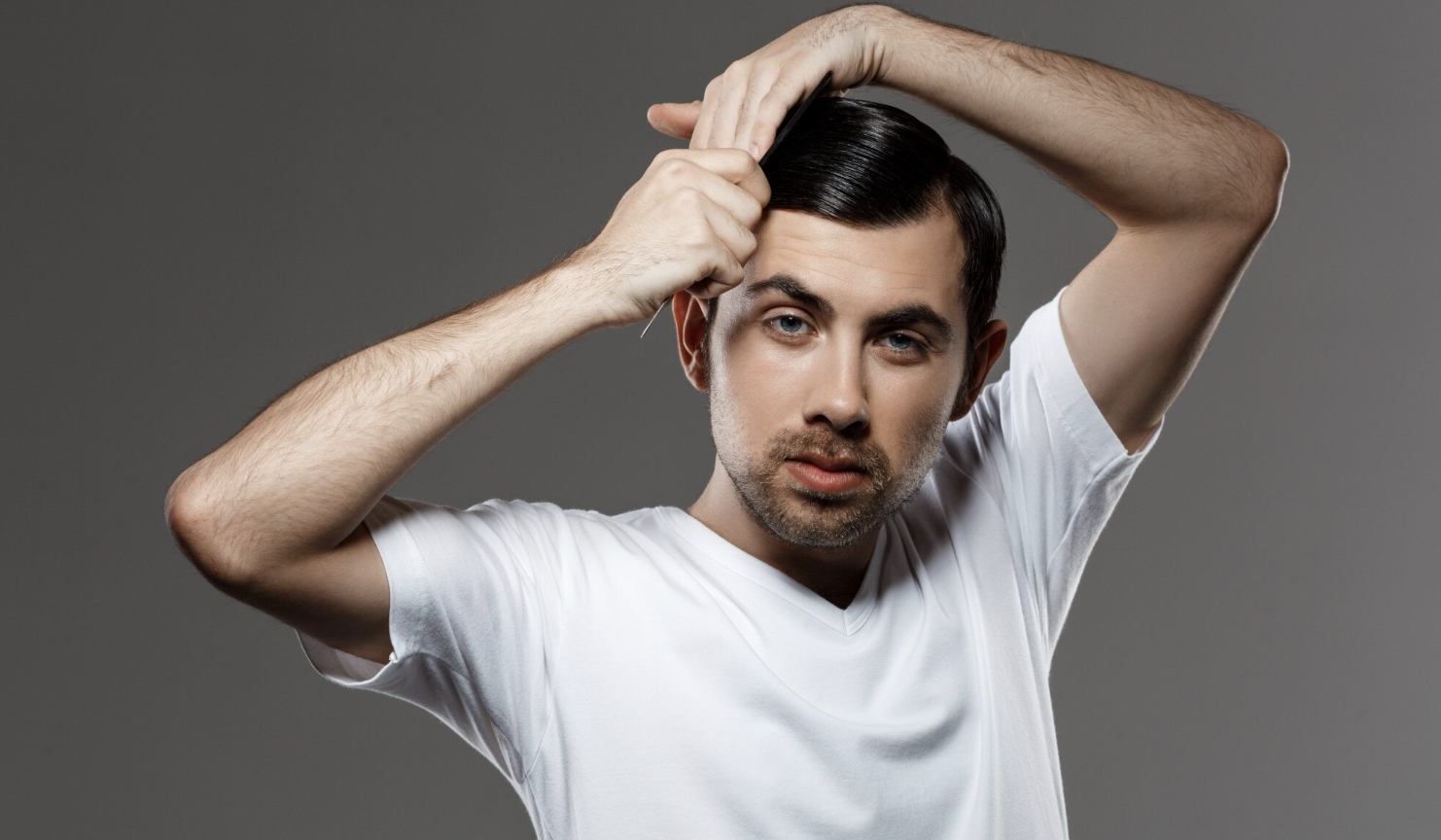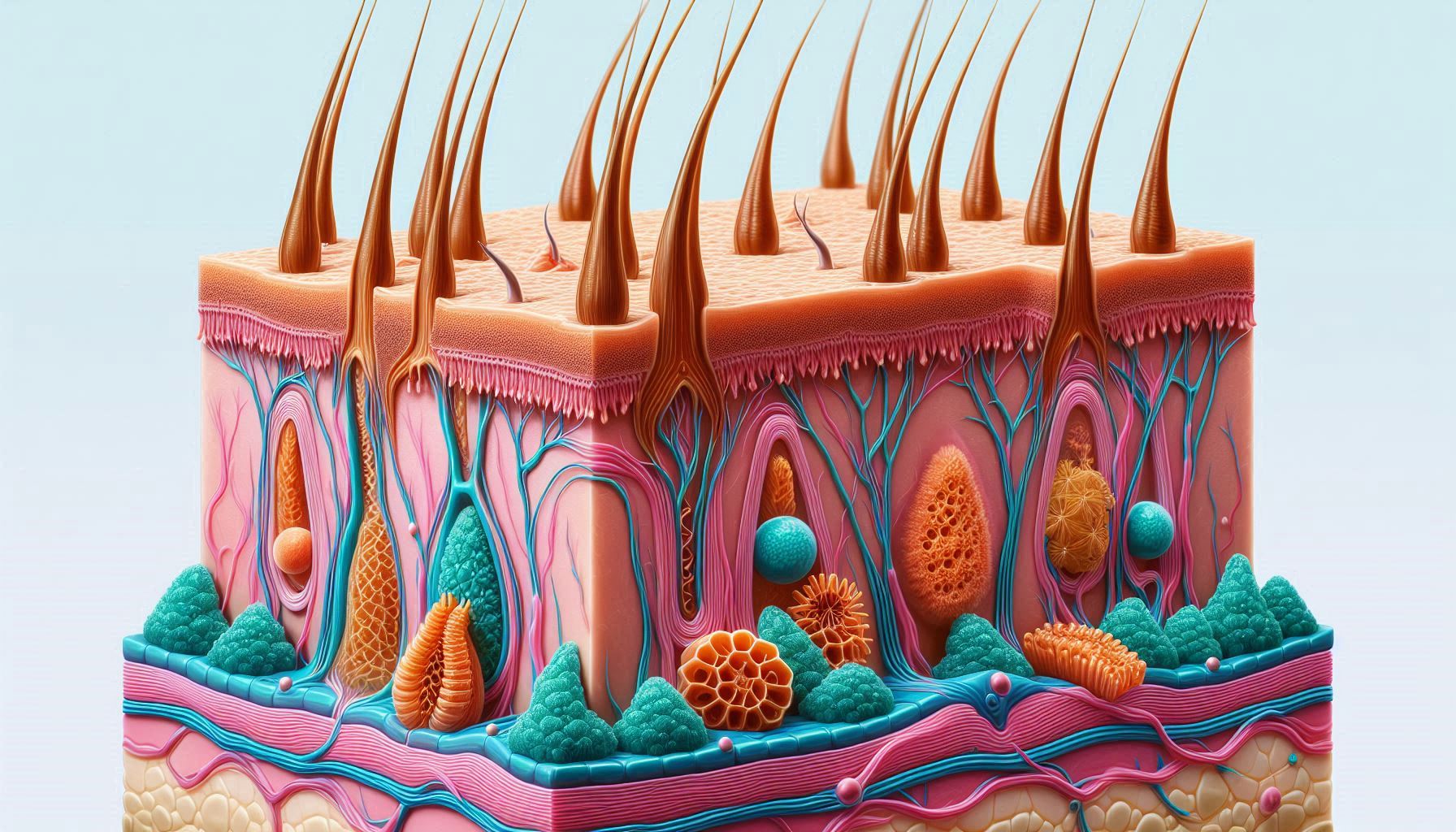
Achieving Fullness: A Comprehensive Guide to Maximum Density Hair Transplant
Hair loss can be a distressing experience, impacting self-confidence and personal image. For those seeking a solution, a hair transplant offers hope, and the concept of a “Maximum Density Hair Transplant” has emerged as a preferred choice for individuals desiring the thickest possible hair restoration. This comprehensive guide will explore everything you need to know about this advanced technique, including how it works, who it’s for, and what you can expect from the procedure.
Understanding Maximum Density Hair Transplant
A Maximum Density Hair Transplant is a specialized procedure designed to provide the fullest hair coverage possible. Traditional hair transplants typically focus on filling in thinning areas, but this technique aims to maximize the number of hair follicles transplanted to achieve a denser, more natural-looking result.
This approach is particularly beneficial for individuals with extensive hair loss or those who want a more robust, youthful hairline. The procedure requires meticulous planning and a high level of expertise to ensure that the transplanted hair blends seamlessly with the existing hair and grows in the most natural pattern possible.
The Science Behind Maximum Density Hair Transplant
The success of a Maximum Density Hair Transplant hinges on several factors:
- Donor Area Availability: The procedure relies on a sufficient supply of healthy hair follicles from the donor area, usually the back or sides of the scalp. The density of the donor area plays a crucial role in determining how many grafts can be harvested and transplanted.
- Graft Survival: The survival rate of transplanted grafts is critical to achieving maximum density. Advanced techniques like Follicular Unit Extraction (FUE) and Follicular Unit Transplantation (FUT) have improved graft survival rates, allowing for denser coverage.
- Placement Technique: The surgeon’s skill in placing the grafts is paramount. Proper angling, spacing, and depth are essential to ensure that the transplanted hair grows naturally and blends seamlessly with the existing hair.
The Maximum Density Hair Transplant Procedure
The procedure for a Maximum Density Hair Transplant follows a detailed process, involving several stages:
1. Initial Consultation
During the initial consultation, your surgeon will assess your hair loss pattern, donor area density, and overall health to determine if you are a good candidate for the procedure. This consultation also involves discussing your goals and setting realistic expectations.
2. Donor Area Preparation
The donor area is prepared by trimming the hair to allow for easier extraction of hair follicles. Depending on the chosen technique (FUE or FUT), the hair follicles are carefully harvested from the donor area.
- FUE Method: Individual hair follicles are extracted one at a time using a micro-punch tool. This method is less invasive and leaves minimal scarring.
- FUT Method: A strip of scalp is removed, and the hair follicles are dissected from the strip. This method allows for the extraction of a larger number of grafts, which is ideal for achieving maximum density.
3. Recipient Area Preparation
The recipient area, where the hair will be transplanted, is prepared by creating tiny incisions or slits in the scalp. The surgeon must carefully plan the placement of these incisions to achieve the desired density and natural hair growth pattern.
4. Graft Placement
The harvested hair follicles are then meticulously placed into the incisions in the recipient area. The surgeon must ensure that each graft is positioned at the correct angle and depth to promote natural hair growth and achieve maximum density.
5. Post-Procedure Care
After the procedure, you’ll receive detailed instructions on how to care for the transplanted area. This includes guidelines on washing your hair, taking prescribed medications, and avoiding activities that could disrupt the grafts. The first few days are crucial for the success of the transplant, so it’s essential to follow your surgeon’s instructions closely.
Benefits of Maximum Density Hair Transplant
A Maximum Density Hair Transplant offers several significant benefits, making it an attractive option for individuals seeking comprehensive hair restoration:
- Thicker, Fuller Hair: The primary advantage is the significant increase in hair density, which results in a fuller, more youthful appearance.
- Natural-Looking Results: With careful planning and precise execution, the transplanted hair blends seamlessly with your existing hair, making it virtually undetectable.
- Permanent Solution: The transplanted hair is typically resistant to the factors that cause hair loss, making the results long-lasting.
- Boost in Confidence: Achieving a fuller head of hair can significantly enhance self-esteem and overall quality of life.
Who is a Good Candidate for Maximum Density Hair Transplant?
Not everyone is an ideal candidate for a Maximum Density Hair Transplant. Several factors must be considered:
- Sufficient Donor Hair: The availability of a robust donor area is crucial. Individuals with limited donor hair may not be able to achieve the desired density.
- Stable Hair Loss: Candidates should have stable hair loss, meaning that the hair loss has plateaued and is no longer rapidly progressing. This ensures that the transplanted hair will not be surrounded by areas of ongoing hair loss.
- Good Overall Health: As with any surgical procedure, candidates should be in good health and free from any conditions that could complicate the surgery or recovery process.
- Realistic Expectations: It’s essential to have realistic expectations about the outcome of the procedure. While a Maximum Density Hair Transplant can provide significant improvement, it’s not a miracle cure, and results may vary depending on individual factors.
Recovery and Aftercare
The recovery process for a Maximum Density Hair Transplant is similar to other hair transplant procedures but may require more attention to detail due to the increased number of grafts:
- Initial Recovery: After the procedure, you may experience redness, swelling, and mild discomfort in the treated area. These symptoms typically subside within a few days.
- Shedding Phase: It’s normal for the transplanted hair to shed within the first few weeks after the procedure. This is a natural part of the process, and new hair will begin to grow in its place.
- Hair Growth: New hair growth typically begins within 3 to 4 months after the procedure. The hair will continue to thicken over the next 12 to 18 months, gradually revealing the full results.
- Follow-Up Appointments: Regular follow-up appointments with your surgeon are essential to monitor progress and ensure the best possible outcome.
Potential Risks and Considerations
While a Maximum Density Hair Transplant offers many benefits, there are also some risks and considerations:
- Scarring: Although modern techniques minimize scarring, some scarring may still occur, especially with the FUT method.
- Graft Survival: Not all grafts may survive the transplant process, which can affect the overall density of the final result.
- Cost: Maximum Density Hair Transplants can be more expensive than standard hair transplants due to the increased number of grafts and the complexity of the procedure.
FAQs About Maximum Density Hair Transplants
1. How many grafts are needed for a Maximum Density Hair Transplant?
The number of grafts required varies depending on the extent of hair loss and the desired density. On average, 3,000 to 5,000 grafts may be needed.
2. How long does the procedure take?
The procedure can take anywhere from 6 to 10 hours, depending on the number of grafts and the technique used.
3. Is the procedure painful?
Local anesthesia is used during the procedure, so you should not feel pain. Some discomfort may occur after the procedure, which can be managed with prescribed pain relievers.
4. How much does a Maximum Density Hair Transplant cost?
The cost varies depending on the extent of the procedure, the surgeon’s expertise, and the clinic’s location. On average, the cost can range from $5,000 to $20,000.
5. Will the results look natural?
Yes, when performed by a skilled surgeon, the results should look natural and blend seamlessly with your existing hair.
6. How soon can I return to work after the procedure?
Most patients can return to work within a week, although this may vary depending on the extent of the procedure and your job requirements.
7. Are the results permanent?
Yes, the results are typically permanent, as the transplanted hair is resistant to the factors that caused the initial hair loss.
8. Can women undergo a Maximum Density Hair Transplant?
Yes, this procedure is suitable for both men and women who want to achieve maximum hair density.
9. What are the risks of a Maximum Density Hair Transplant?
As with any surgery, there are risks, including infection, scarring, and poor hair growth. However, these risks are minimized when the procedure is performed by an experienced surgeon.
10. How do I prepare for the procedure?
Your surgeon will provide specific instructions, but generally, you should avoid smoking and certain medications in the weeks leading up to the procedure.
Conclusion
A Maximum Density Hair Transplant is an advanced and effective solution for individuals seeking the fullest possible hair restoration. While the procedure requires a significant investment of time, money, and recovery, the results can be life-changing, offering a permanent and natural-looking solution to hair loss. If you’re considering this procedure, it’s essential to consult with a highly experienced hair transplant surgeon who can guide you through the process and help you achieve the best possible outcome. With proper care and realistic expectations, a Maximum Density Hair Transplant can provide the thick, full hair you’ve always wanted.




